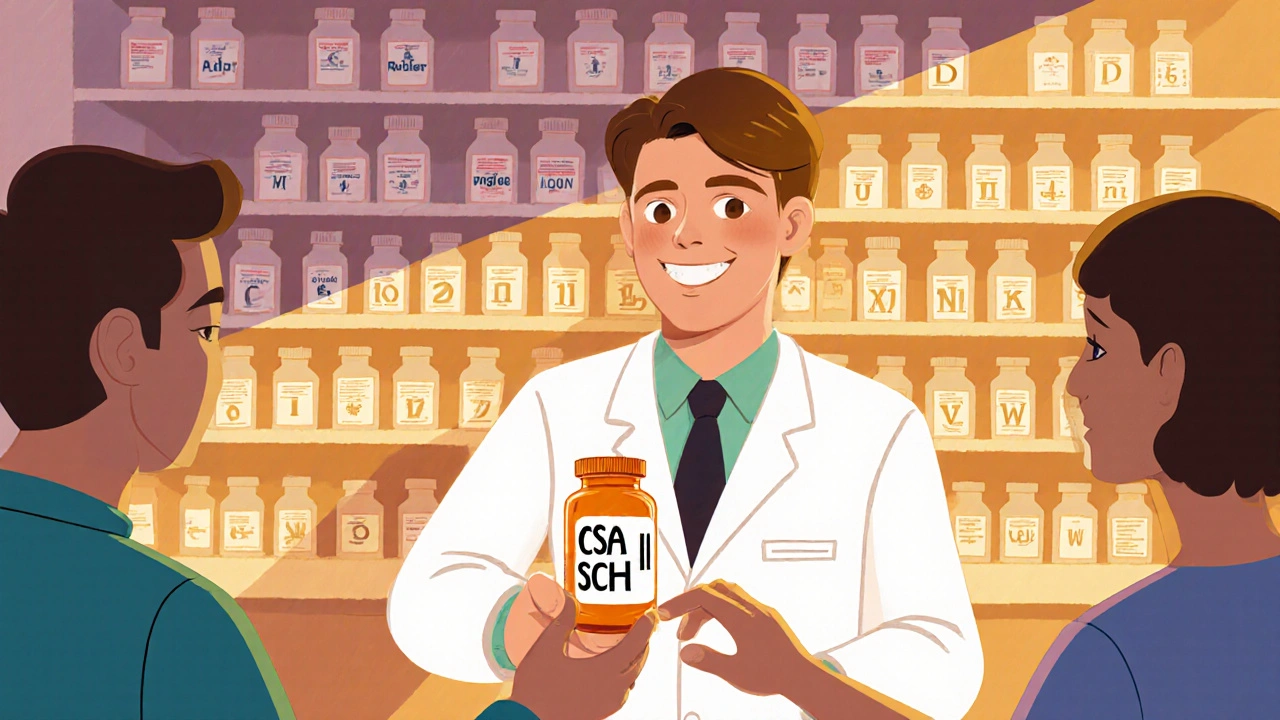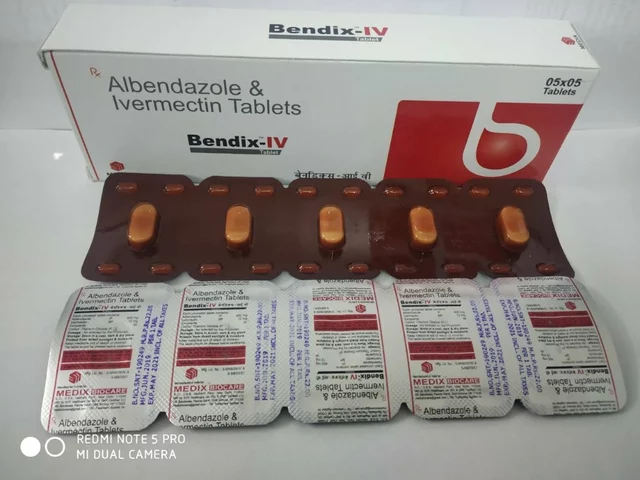Controlled Substance Labels: What They Mean and Why They Matter
When you pick up a prescription, the label isn’t just telling you how much to take—it’s also revealing how the government classifies that drug. Controlled substance labels, official markings required by the DEA to show a drug’s legal status and abuse potential. Also known as scheduled drugs, these labels are the backbone of how the U.S. regulates everything from painkillers to anxiety meds. If you’ve ever seen a C-II or C-III on a bottle, that’s not random. It’s a legal category tied directly to how likely the drug is to cause addiction or harm.
These labels don’t just exist for cops or pharmacists—they’re meant to protect you. A C-II drug, like oxycodone or fentanyl, has high abuse potential and can lead to severe physical or psychological dependence. That’s why refills aren’t allowed without a new script. Meanwhile, C-IV drugs, like Xanax or Ambien, still carry risk but are considered less dangerous than C-II. The difference isn’t just paperwork—it’s how many times you can get it refilled, who can prescribe it, and how strictly pharmacies track it. Misunderstanding these labels can lead to accidental misuse, especially when switching between meds.
And it’s not just about pills. Controlled substance labels apply to eye drops, patches, injections—even some cough syrups. That’s why you’ll see different rules for controlled substance labels on a pain patch versus a muscle relaxant. The DEA updates these categories based on real-world data, like overdose trends and misuse reports. If you’re on long-term opioids, antianxiety meds, or stimulants for ADHD, knowing your drug’s schedule helps you ask better questions: Can this be refilled? Why is my pharmacy asking for ID every time? Is this the safest option for me?
Behind every label is a story—of addiction risks, legal limits, and patient safety. The posts below dig into real cases: how naloxone fits into opioid safety plans, why certain antipsychotics worsen Parkinson’s, and how blood thinners like apixaban carry different risks than others. You’ll also find guides on managing side effects, spotting fake prescriptions, and understanding why some meds are harder to get than others. This isn’t just about rules—it’s about staying informed so you can use your meds safely, legally, and without surprises.

Understanding Controlled Substance Labels and Schedule Codes: What You Need to Know
Learn how DEA schedule codes on prescription labels determine refill rules, legal restrictions, and risk levels for controlled substances like opioids, benzodiazepines, and cough syrups. Understand what Schedule II, III, IV, and V really mean for your care.
Categories
- Medications (41)
- Health and Medicine (40)
- Health and Wellness (34)
- Online Pharmacy Guides (15)
- Nutrition and Supplements (7)
- Parenting and Family (3)
- Environment and Conservation (2)
- healthcare (1)
- prescription savings (1)
Popular Articles



